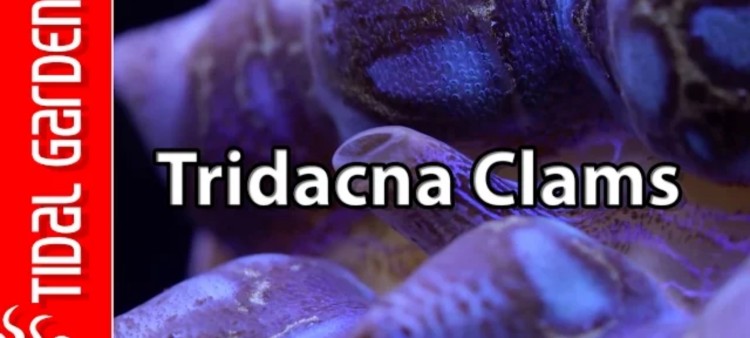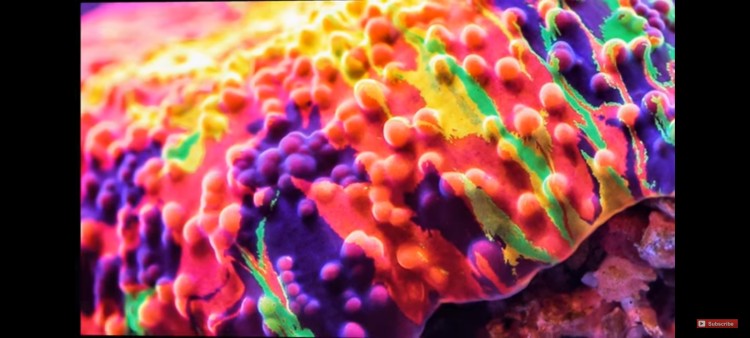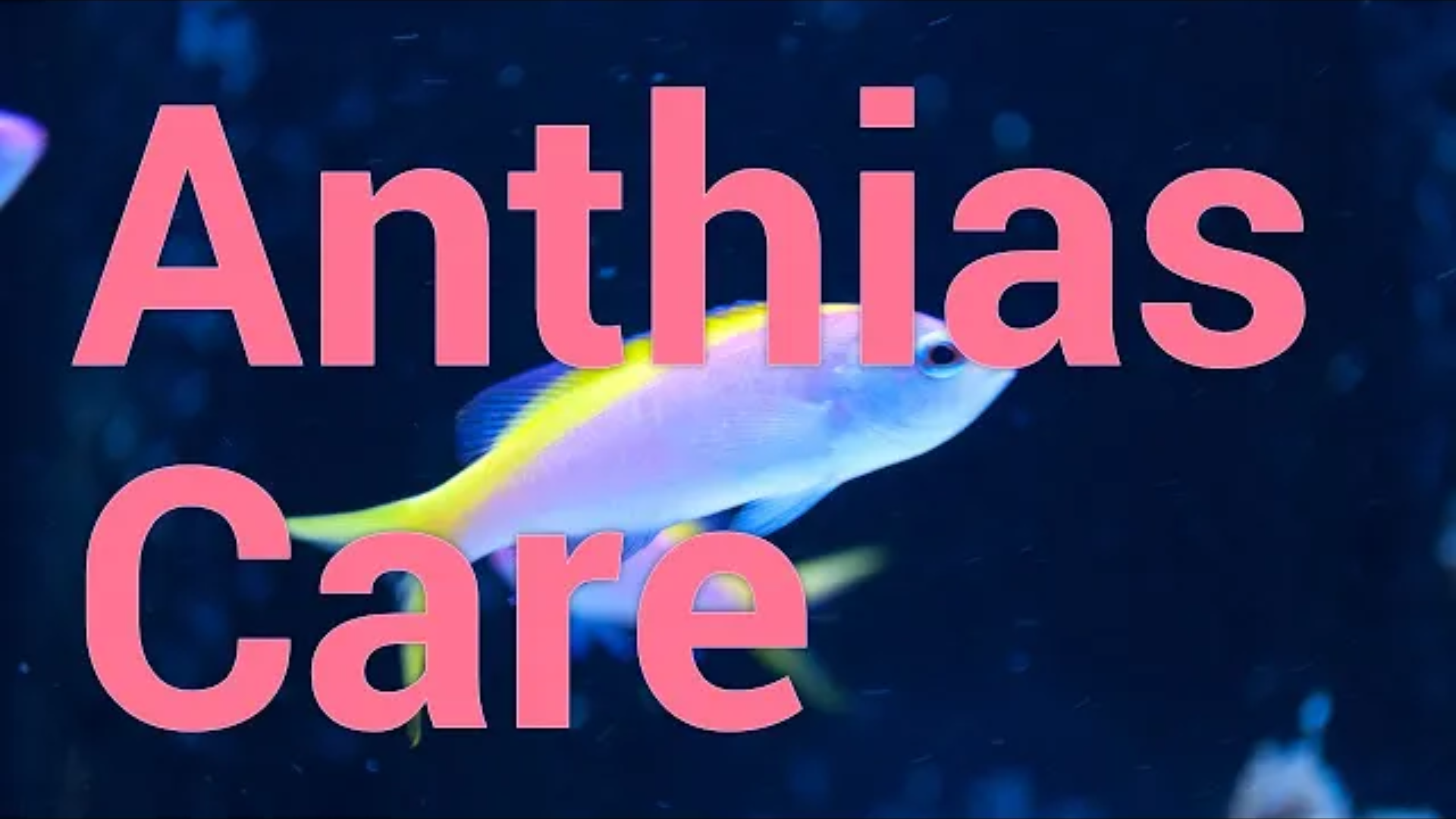Best Reef Aquarium Tridacna Clams
- Apr 16, 2022
- Anshika Mishra
- 327 0 0

Giant clams of the genus Tridacna are the popular mollusk in the reef aquarium. Now, most people that aren't into this hobby are familiar with it.
Most people who aren't much into the hobby are familiar only with the clamshell. But, the true beauty can only be realized when they live as they have a brilliant mantle that is stunning to behold.
Tridacna Clam Mantles have intricate patterns and come in a variety of colors. It is not difficult to understand why these claims are so popular in the hobby.
Tridacna clams are found throughout the pacific. The four most readily available species of Tridance clams are Derasa, Squamosa, Maxima, and Crocea.
One might find the true giant clam, Tridacna Gigas, in rare instances. However, two other varieties are not in the aquarium trade, namely T. Tevoroa and T. Costata, which are new species discovered in the red sea.
Anatomy
The mangles are filled with Zooxanthellae, much like photosynthetic coral. However, early in a Clam's life, the quantity of Zooxanthellae is limited, so they rely more on filter-feeding. It is estimated that smaller clams get 65% of their energy from filter-feeding.
Larger clams, however, only get 34% of their total carbon from filter-feeding, indicating a much greater reliance on photosynthesis. Therefore, as a general guideline, clams smaller than 3 inches would benefit from phytoplankton supplementation.
Lighting and Water Chemistry
Lighting is probably the single most important factor to consider when keeping clams. Second to lighting is the need to maintain top-class water chemistry.
High calcium and alkalinity are musts. Clams are known for fast growth rates and deplete calcium and alkalinity aggressively to power this growth. This is why they tend to do better in tanks for corals like Acarpora, which requires high light and an ample supply of major elements for calcification.
Flow
As for flow, these Clams prefer moderate flow despite originating from shallow reef areas. The concern with high flow in the aquarium is the risk of introducing bubbles into their bodies that the Clams cannot effectively eliminate.
Clams have two siphons that move water in and out of its body. Fine tentacles link a larger inhalent siphon.
When it opens wide, you can catch a glimpse of the gills. These gills are used for both respiration and feeding. The water is expelled through a smaller exhalant siphon which is also used to remove waste from the clams and discharge sperm and eggs for reproduction.
At the base of the clams is afoot by which it is attached to the substrate. A byssal organ also excretes a thin byssal thread to anchor it into places.
The aquarist mustn't damage the foot of the byssal gland by moving a clam from one place to another. It is very easy to damage the byssal organ, and if it happens, the clams will die.
Once a clam is anchored to a rock, it is best to move the entire clam and gravel together.
Differences
T. Maxima and T. Crocea
Both corals have these dazzling multi-colored mantles. The best way to tell them apart is the shape of their shells. T. Maxima have slightly elongated shapes, while Crocea is more stout and stubby.
Maxima tend to have a more pronounced flute on their shell compared to Crocea Clams, which are a little more smooth in texture.
T. Derasa
T. Derasa is much easier to tell apart. They have streaks of teal and a deep blue rim. In comparison with the ones mentioned before, Derasa clams get massive. In addition, they have considered one of the hardiest Clams, making it an ideal choice for a first-time clam enthusiast.
T. Squamosa
While less common than the other three clams, the occasional Squamosa turns up from time to time. Squamosa Clams have muted coloration than maxima and Croceas but have a distinctive fluted shell.







About author